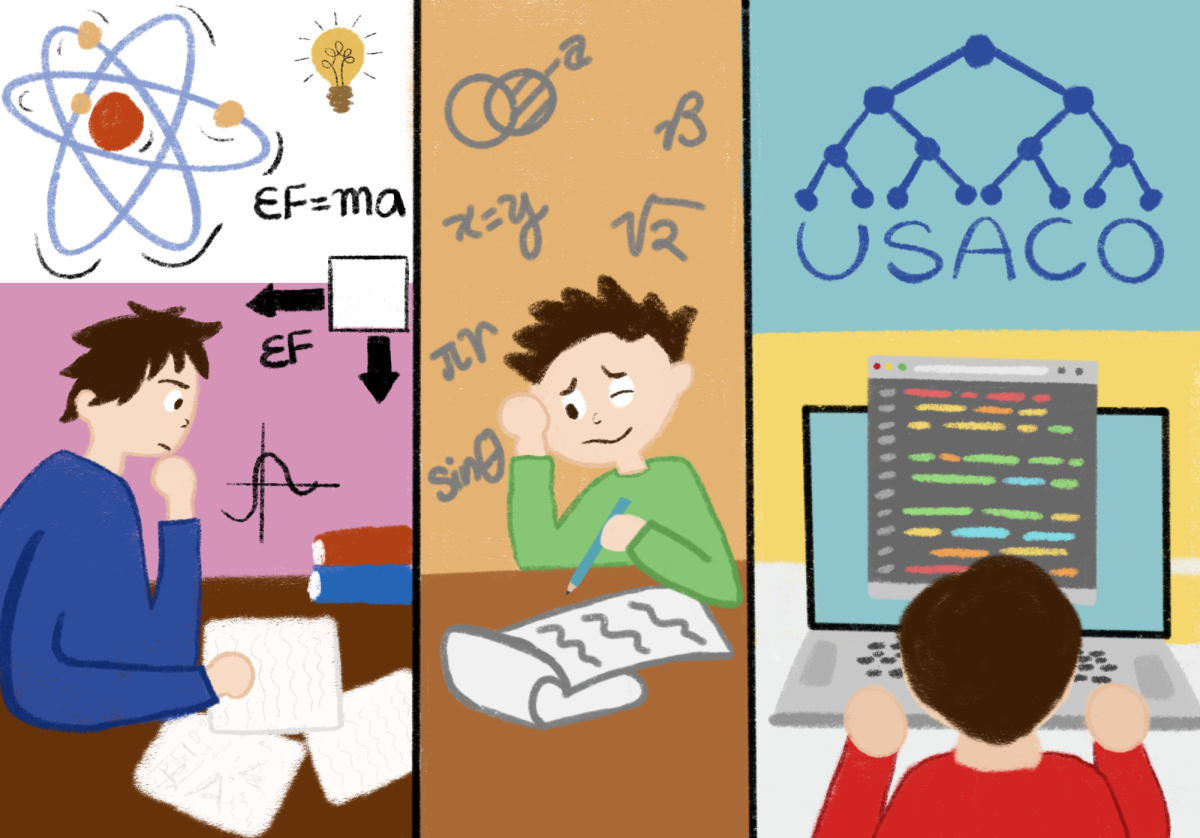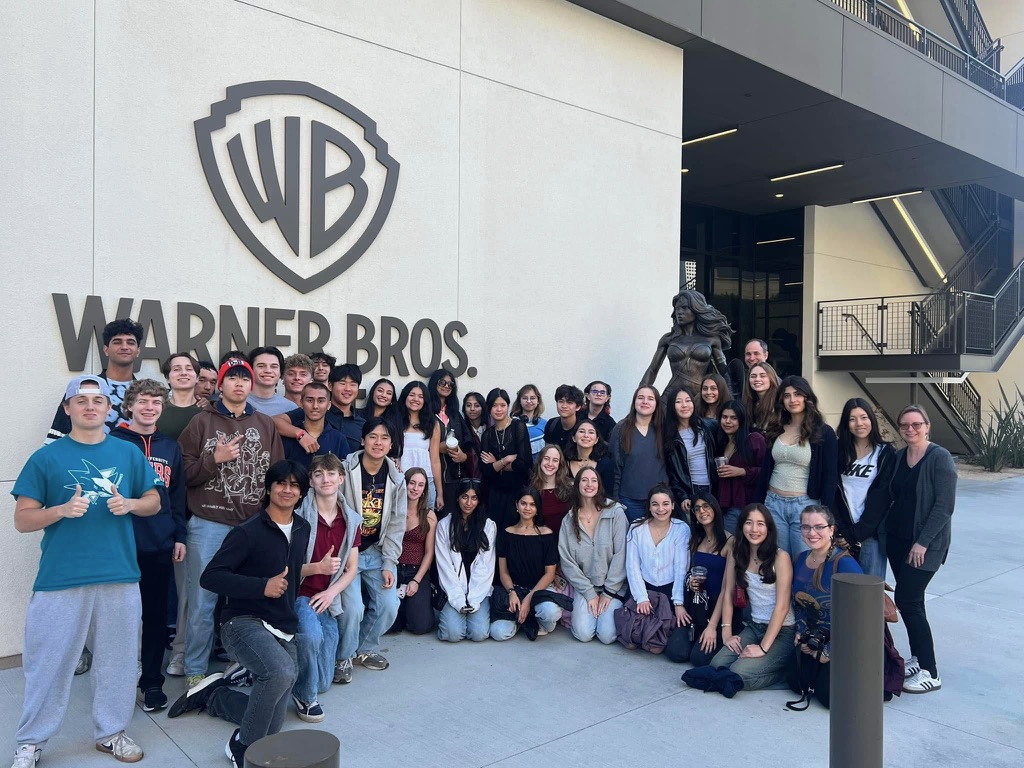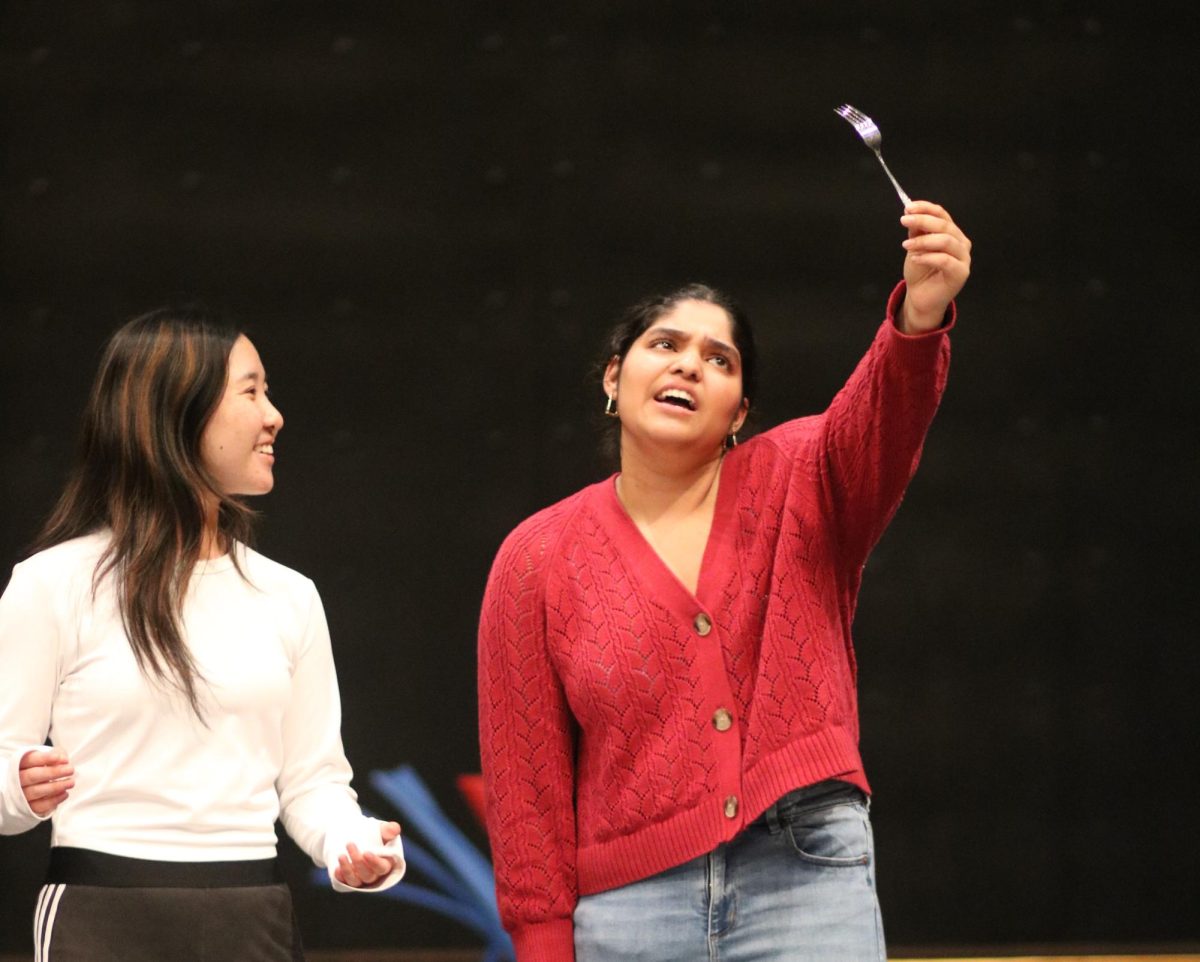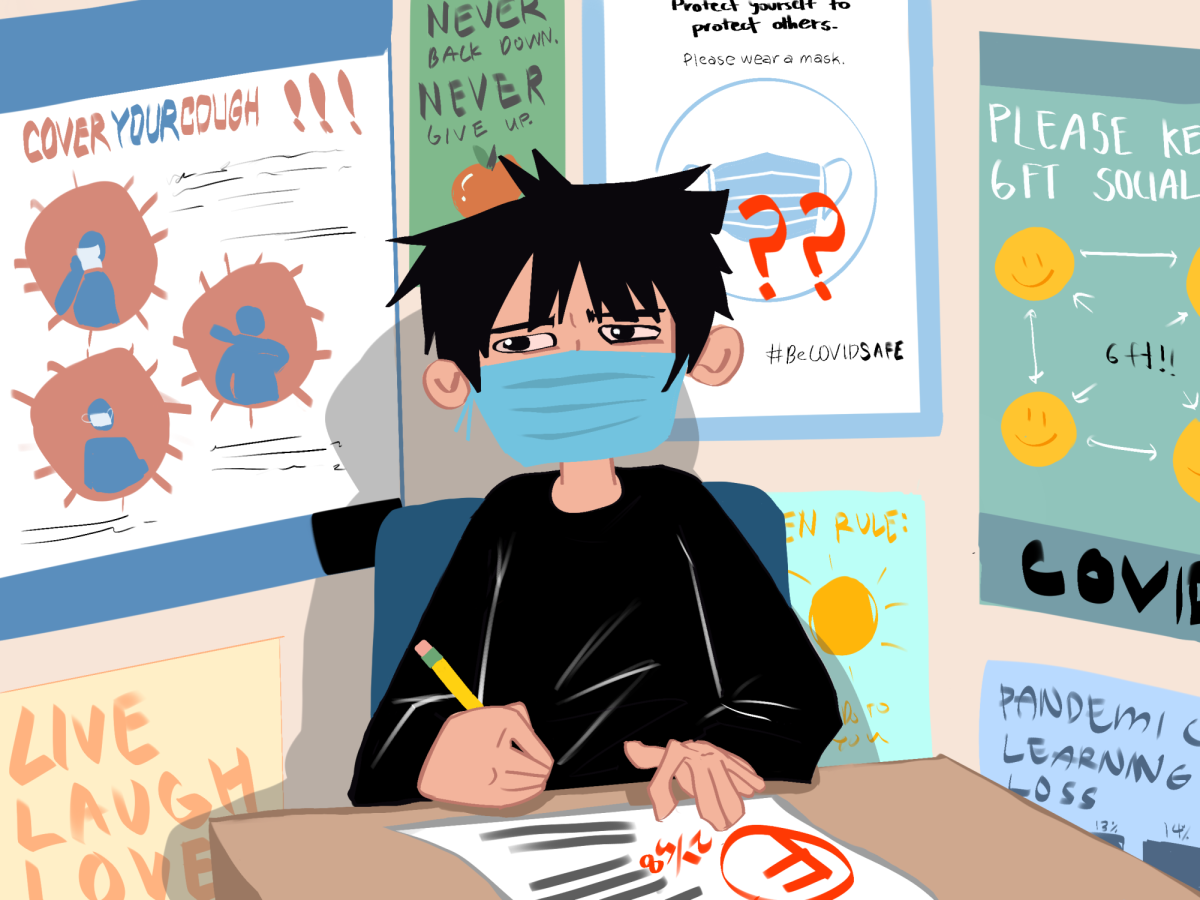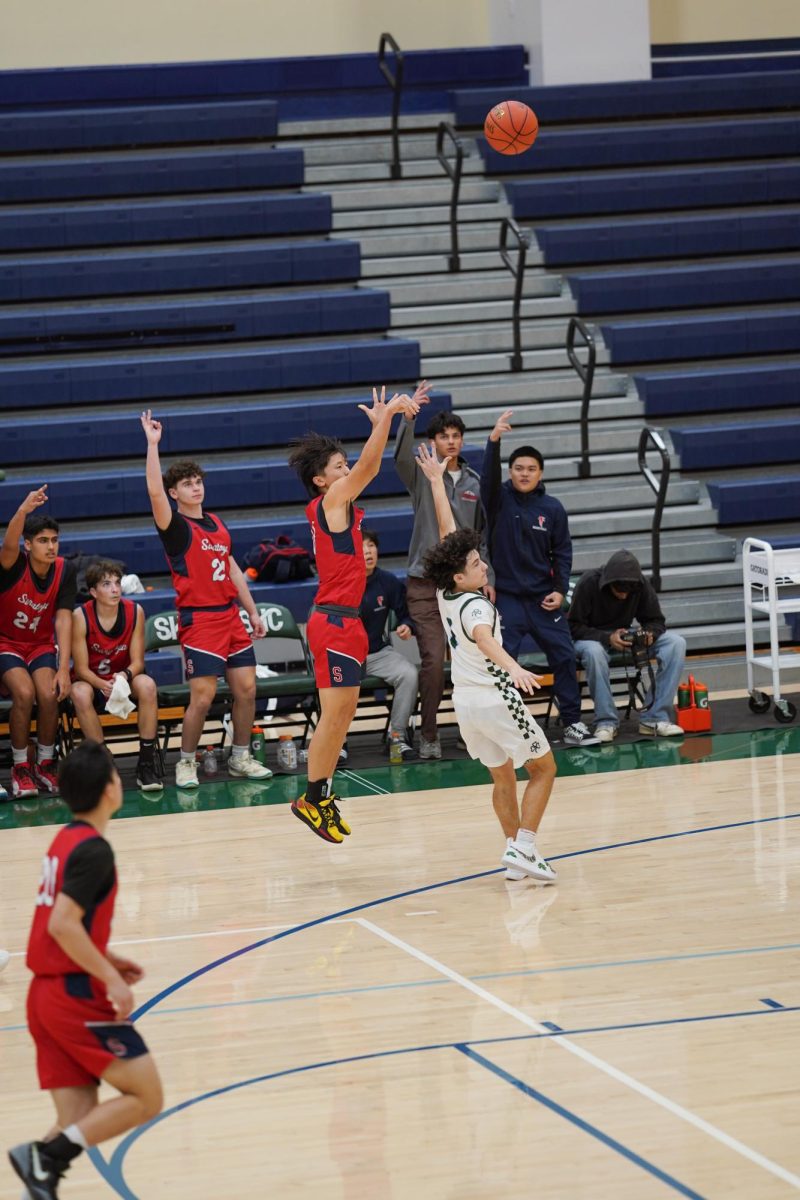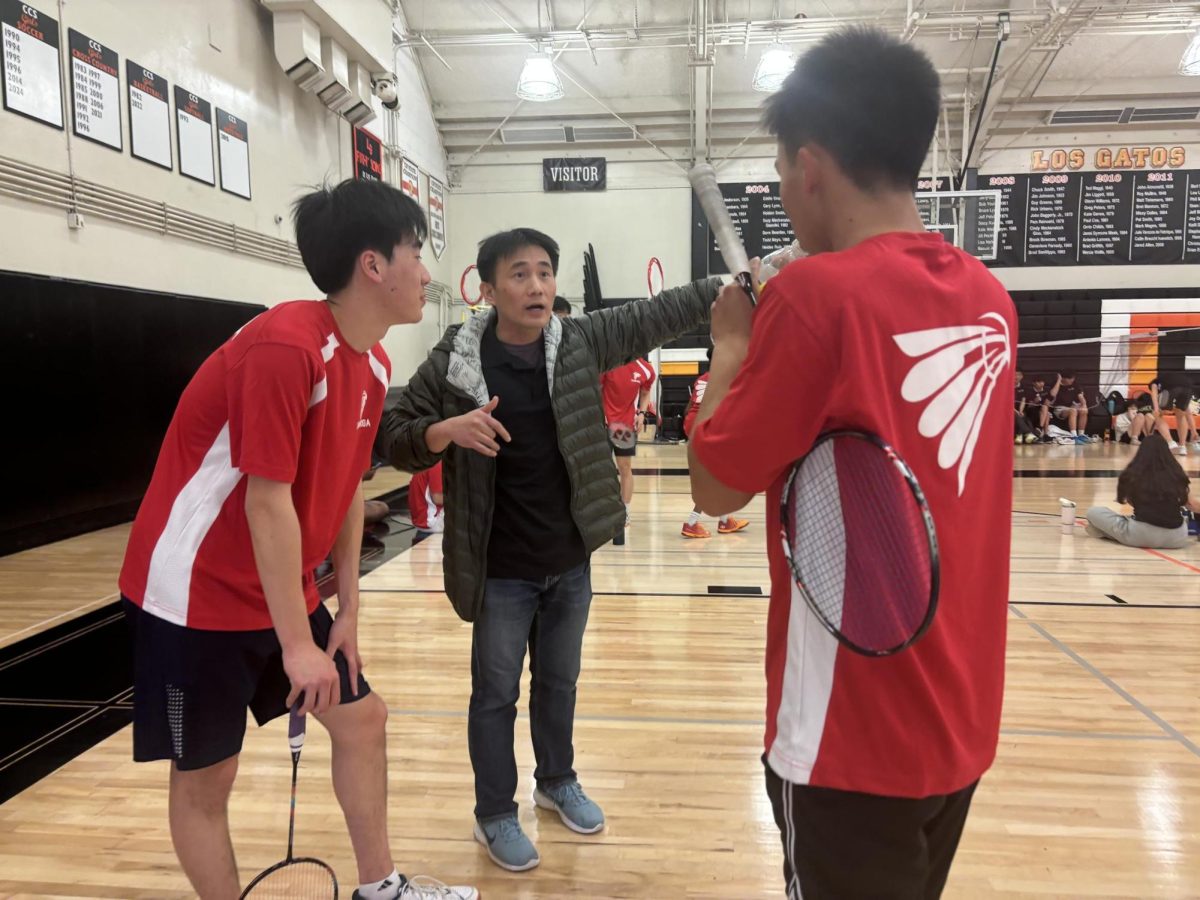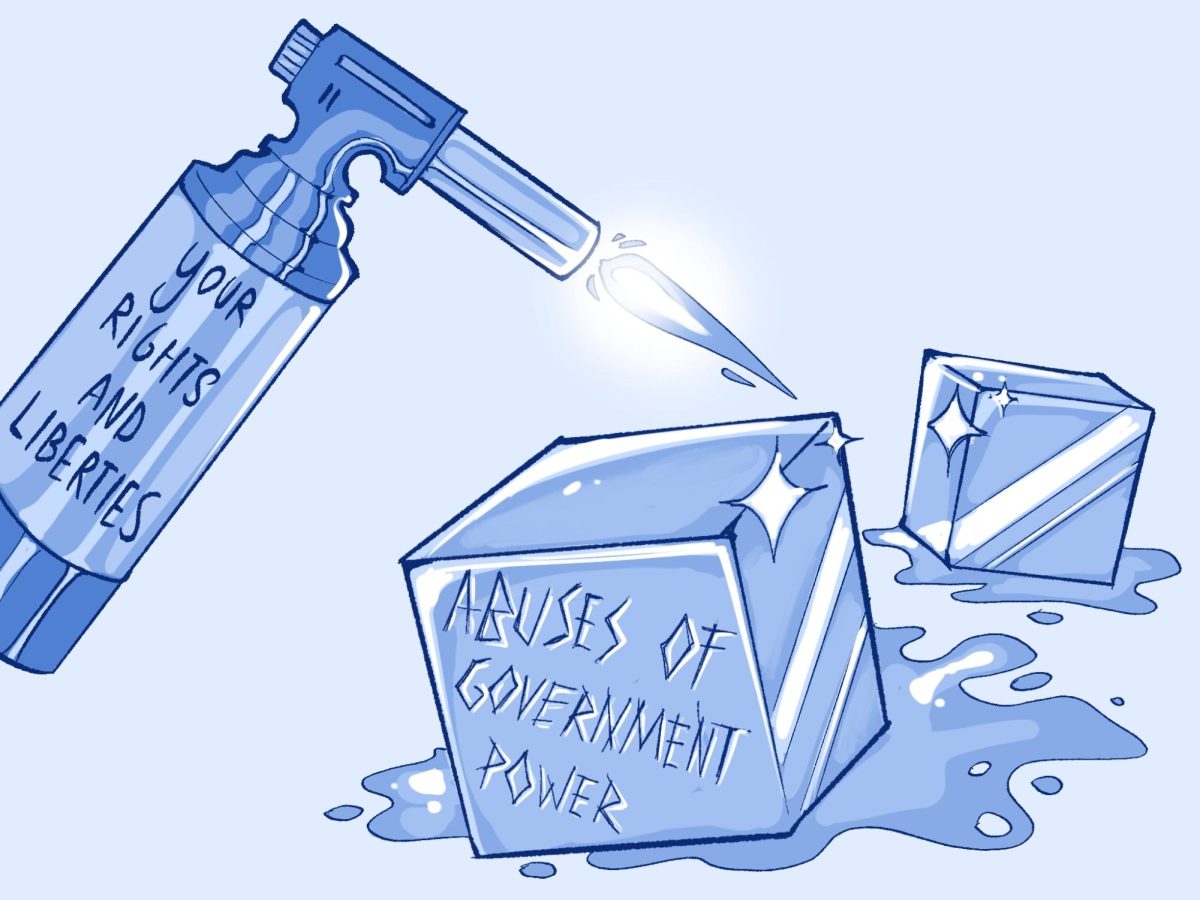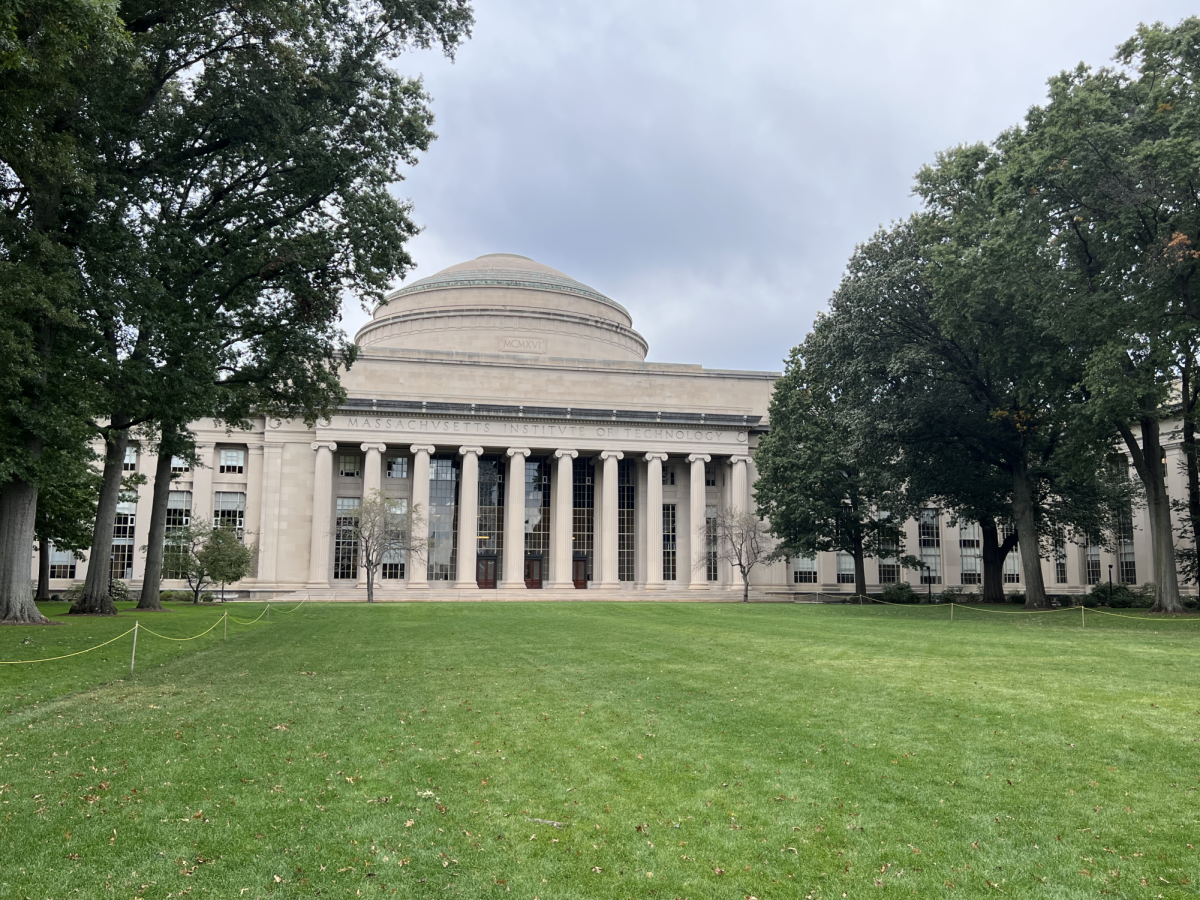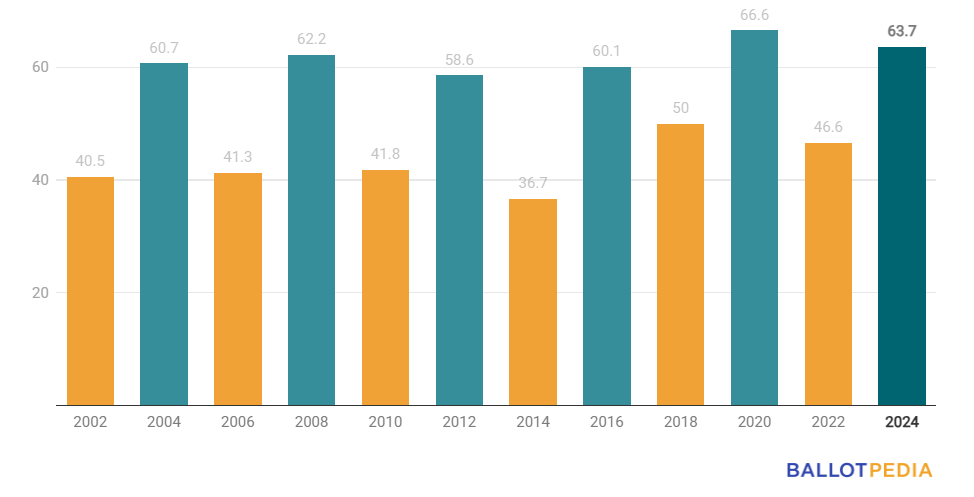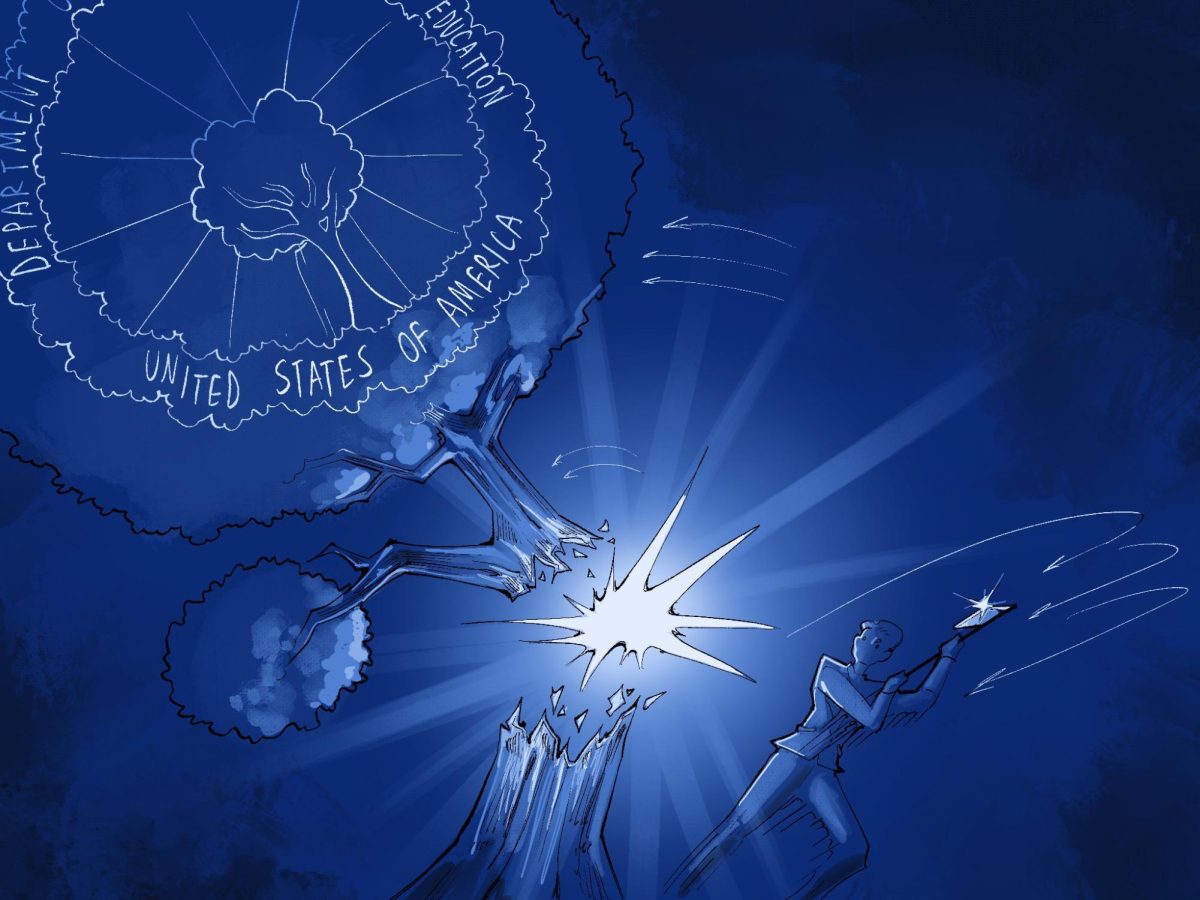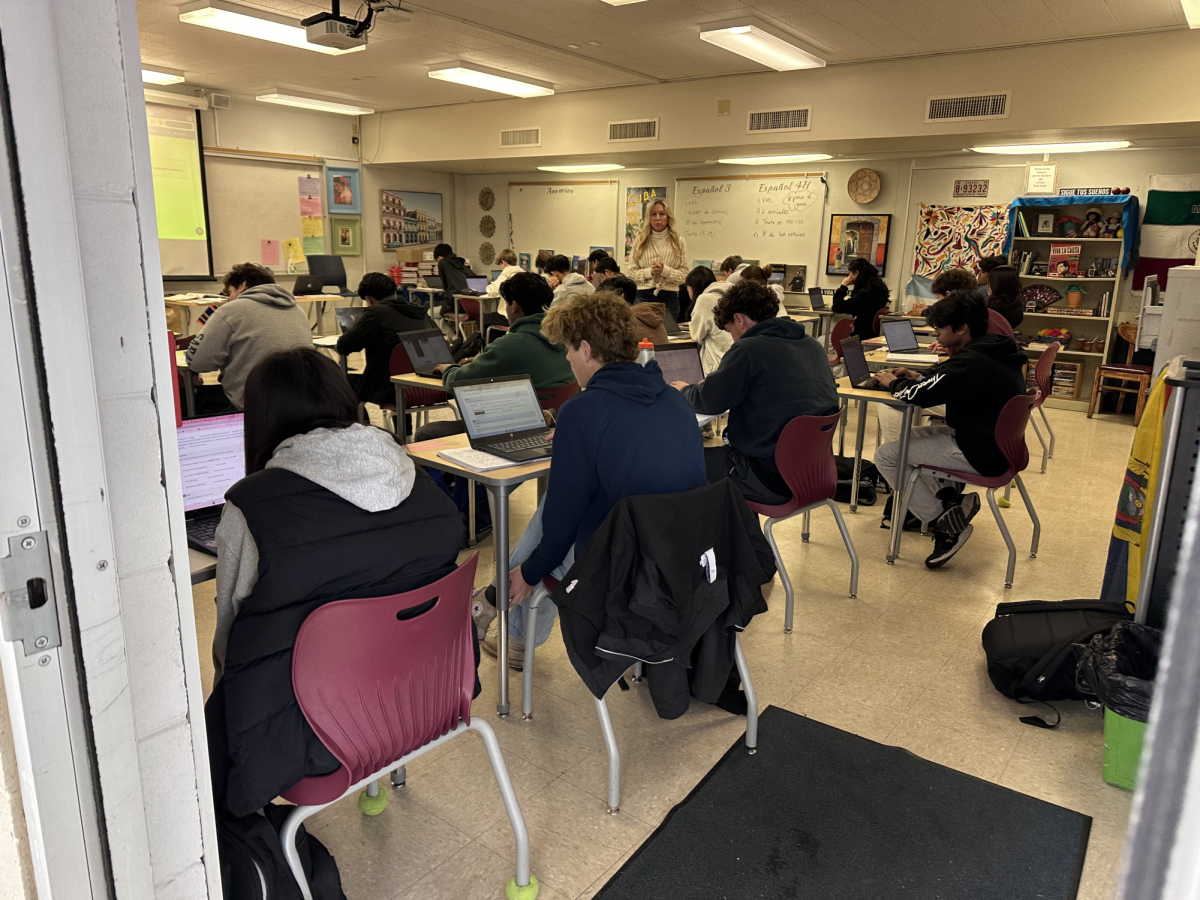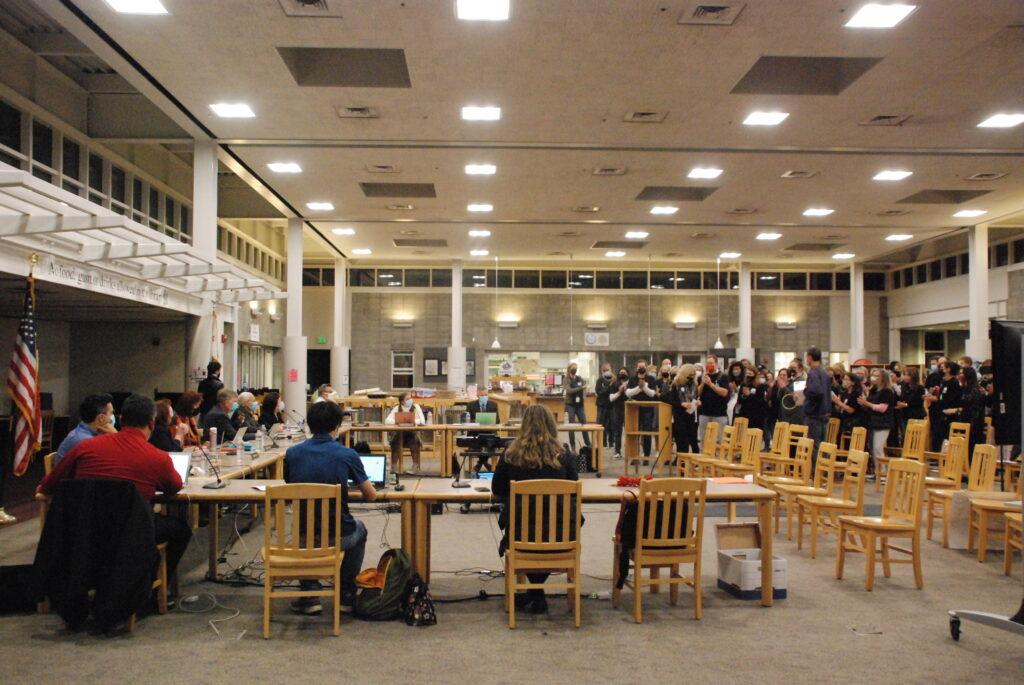At their Nov. 16 meeting, the Los Gatos-Saratoga Union High School District (LGSUHSD) board discussed potential methods to align the SHS and LGHS curriculums, which would drastically change the current course offerings for both schools.
Three board members voted in favor of aligning graduation requirements and two graduation requirement alignment or full alignment. Superintendent Mike Grove recommended aligning graduation requirements in the next few years. However, no definite consensus was reached, and exploring the differences in AP and Honors classes at the two schools at some future time for full alignment is still a possibility.
The board earlier heard the conclusions of the Curriculum Alignment Course Pathway Committee (CACPC), composed of Grove; associate superintendent Carrie Bosco; LGSUHSD board members David Guidry and Katherine Tseng; Director of School Culture, Climate and Curriculum and Instruction Jamal Splane; the principals of both SHS and LGHS; two guidance counselors; nine teachers; seven parents and five student representatives. The group discussed alignment options this fall.
SHS and LGHS differ in course pathways, graduation requirements
Currently, nearly all the core math courses are aligned, but SHS has a larger selection of advanced courses, while LGHS has a wider range of support and remediation courses.
Similarly, both schools offer a variety of science courses at different levels. Juniors and seniors share nine courses at both schools, but LGHS offers Agroecology while SHS offers Marine Biology, a combined AP Physics 1 and 2 and college prep Environmental Science.
According to the committee’s final report, current 9th and 10th grade English courses at SHS maintain homogenous learning environments that “create more community and support students with the additional academic stress that is associated with honors and AP” while LGHS courses give students more leeway in choosing between honors and college prep (CP) courses.
The primary difference in the two schools’ pathways are the different graduation requirements and AP/honors course offerings. Both schools require four years of English, two years of math, science and P.E., one year of either world language or visual and performing arts and one semester of applied arts. However, SHS requires 3.5 years of history and 65 additional credits to graduate, while LGHS requires 3 years of history and 75 additional credits.
While sports and marching band count as P.E. credits for SHS freshman, LGHS freshman who take a sport must also take P.E., which has an integrated health curriculum at LGHS.
LGHS also gives more freedom for its students in fulfilling the world history graduation requirement. LGHS sophomores have the option to take either World History or AP European History to fulfill their graduation requirement, while sophomores at SHS are limited to World History.
Knowing that Gov. Gavin Newsom’s recent graduation requirement of ethnic studies in the state would facilitate extensive discussion and “engage the entire community” before the 2025-26 school year, the board decided to begin discussion of graduation requirement changes now, Grove said.
Adding to the controversy, full alignment of courses would force structural changes to SHS’s Media Arts Program (MAP) and LGHS’s Learn, Explore, Act and Design Program (LEAD).
Committee votes against alignment
Going in, the committee was presented with two potential recommendations: full alignment for core academic pathways in science, social studies, English and math or autonomy (maintaining the status quo).
Through three Zoom meetings — two hours on Sept. 22, three hours on Sept. 30 and three hours on Oct. 21 — the committee discussed the situation and also came up with a third “alternative” option: aligning graduation requirements.
By the final meeting, 15.4% of the committee was in support of the full alignment option, 42.3% in support of autonomy and 42.3% in support of graduation requirement alignment. In all, about 85% of the committee voted against full alignment, including all teachers and students.
If curriculum alignment were to occur, both schools would offer the same core classes and grading policies. The district would formulate small staff workgroups for identified pathways to study and make recommendations to the board regarding aligning course pathways and offerings.
Supporters of this approach of this approach reasoned that similar course offerings would allow students to reach their maximum potential and should be available at both schools, as the “fundamental student populations are not that different,” according to the Curriculum Alignment Course Pathway Advisory Group Report released in November.
Committee members who supported aligning graduation requirements said doing so defines what the district values but also allows autonomy.
Junior Shaan Sridhar, who sat on the committee, said his perspective on the issue changed during the meetings.
In the first meeting, he was supportive of total alignment, but after hearing the compelling arguments against alignment — the lengthy process to align and how a fully aligned curriculum may not support the different cultures of the two schools — Sridhar’s perspective changed. By the third meeting, however, he supported aligning the graduation requirements as he realized that the school’s graduation values should be the same.
Junior Elizabeth Stoiber — who did not serve on the committee — is in support of the graduation requirement alignment pathway as she is sympathetic to teachers who, already under immense stress with readjustment to full in-person learning, would also have to reconstruct their entire course curriculums if the board had decided to go forward with the full alignment option.
The full alignment option, in her opinion, is like a double-edged sword: On one hand, it would provide students with more advanced course options, but on the other hand, it would increase the already high academic stress levels of students participating in sports and extracurricular activities on top of rigorous classes.
“The stress levels right now are borderline; increasing academic stress would bring it overboard,” Stoiber said. “I would support some alignment as long as the teachers support it and students’ mental health is kept in mind.”
Teachers and students advocating for no alignment said autonomy promotes innovation and allows both schools to address the needs of students in real time, while full alignment disempowers educators and pits schools against each other.
“I do not believe a ‘one size fits all’ is a good approach in this case,” math department head Kristen Hamilton told The Falcon. “Creativity, innovation and passion come from autonomy. Students and teachers are not robots with the same program; let’s not turn ourselves into numbers. We are people and deserve to have a choice. Universities specialize in different areas, high schools should be able to do the same.”
Hamilton said adding honors and APs to the schools is detrimental to students because they will have to take more of those courses in order to compete against their peers on paper during the college application process.
Board favors graduation alignment, partially favors total alignment, acknowledges timing
In the statement he offered at the beginning of the Nov. 16 curriculum change board meeting, Grove said he saw the alignment of graduation requirements as a “core function of the board and school district to set clear and consistent expectations for earning a diploma from our school district.”
He said the current pathways reflect the difference in potential demand and levels of academic stress between the schools. Grove said he has not seen evidence suggesting that a lack of alignment between course pathways creates issues in terms of equity, college entrance and other outcomes.
During the meeting, Grove stressed the need to identify the purposes and needs for honors and AP courses especially in regards to students’ academic stress.
“If we have some significant discussion and arrive at a guiding philosophy about honors and AP, I think that will lead to a better outcome when we start talking about areas of alignment,” Grove said. “I believe that [strategies for reducing student academic stress] can include potential adjustments to course offerings, but also will expand into other areas like homework, grading practices, better education of students, staff and parents regarding college admissions.”
Board member Cynthia Chang acknowledged that the three curriculum change options are a “much larger task for our school district to address in terms of academic stress,” because it also encapsulates grading practices, peer pressures and unrealistic expectations that come with extracurricular and athletic activities.
Chang wanted to ensure that students at both schools have flexibility in their decisions regardless of the amount of alignment of course pathways. As such, she recommended combining the options of aligning graduation requirements and core academic pathways, albeit not immediately.
Ultimately, the board has not yet made a final decision on which pathway to take regarding course alignment, though teachers, parents and students continue to voice their opinions on the matter.
Sridhar said a major problem with trying to make a decision on curriculum alignment is the poor timing of the discussion. For him, this year is the most stressful year he’s had, not just because it’s his junior year, but because of the return to in-person education, the new bell schedule and COVID protocols; amid grappling with all the reforms, teachers and students would have to also face a potentially massive, fundamental change that would affect all students and educators on campus.
“I don’t think the district needed another red-hot issue to be worrying about,” Sridhar said. “It would be more productive if we spent our time and resources focusing on our pressing issues like learning loss. We have so many issues to focus on, and the discussion of curriculum alignment is inviting a whole realm of problems into our lives that we don’t need to deal with right now.”



